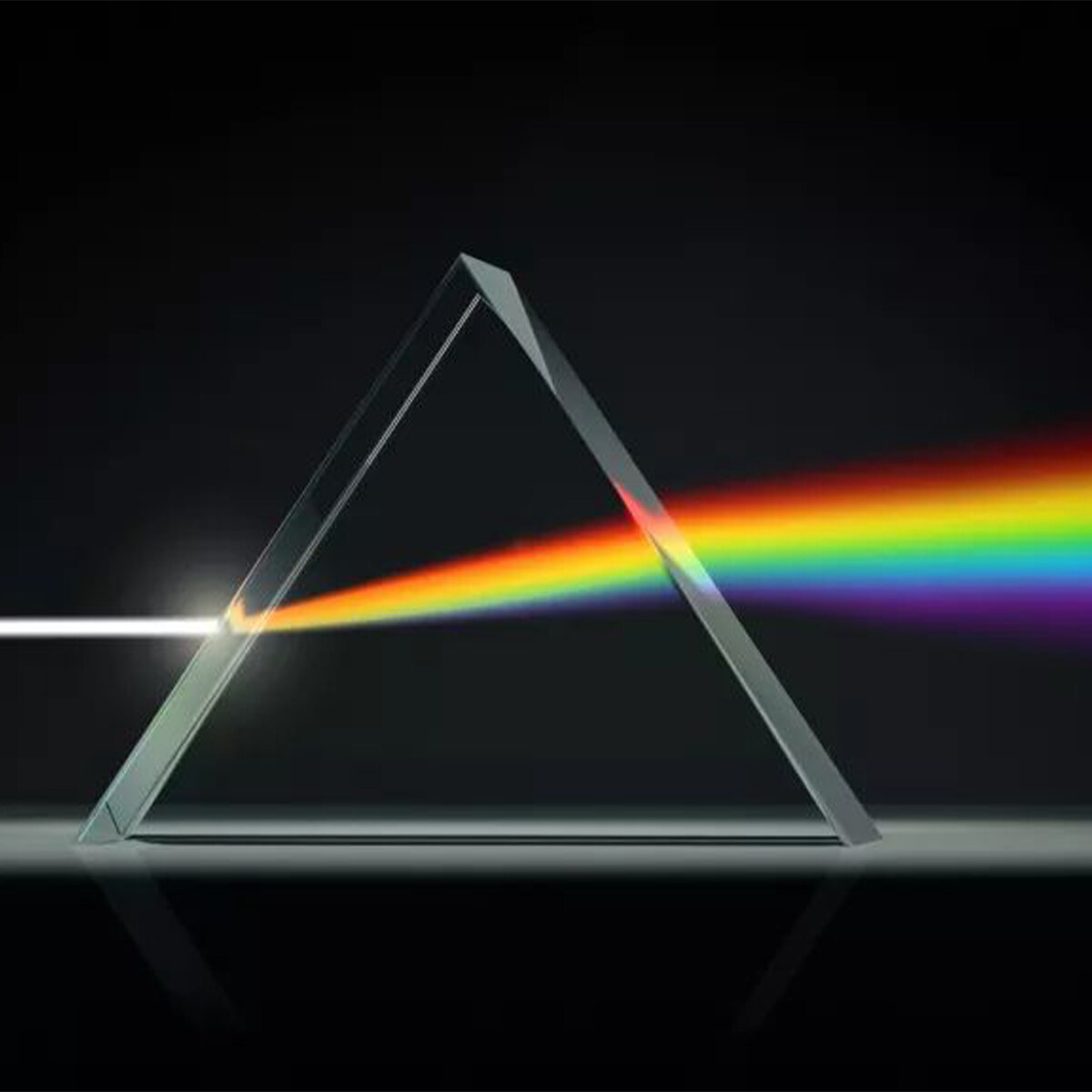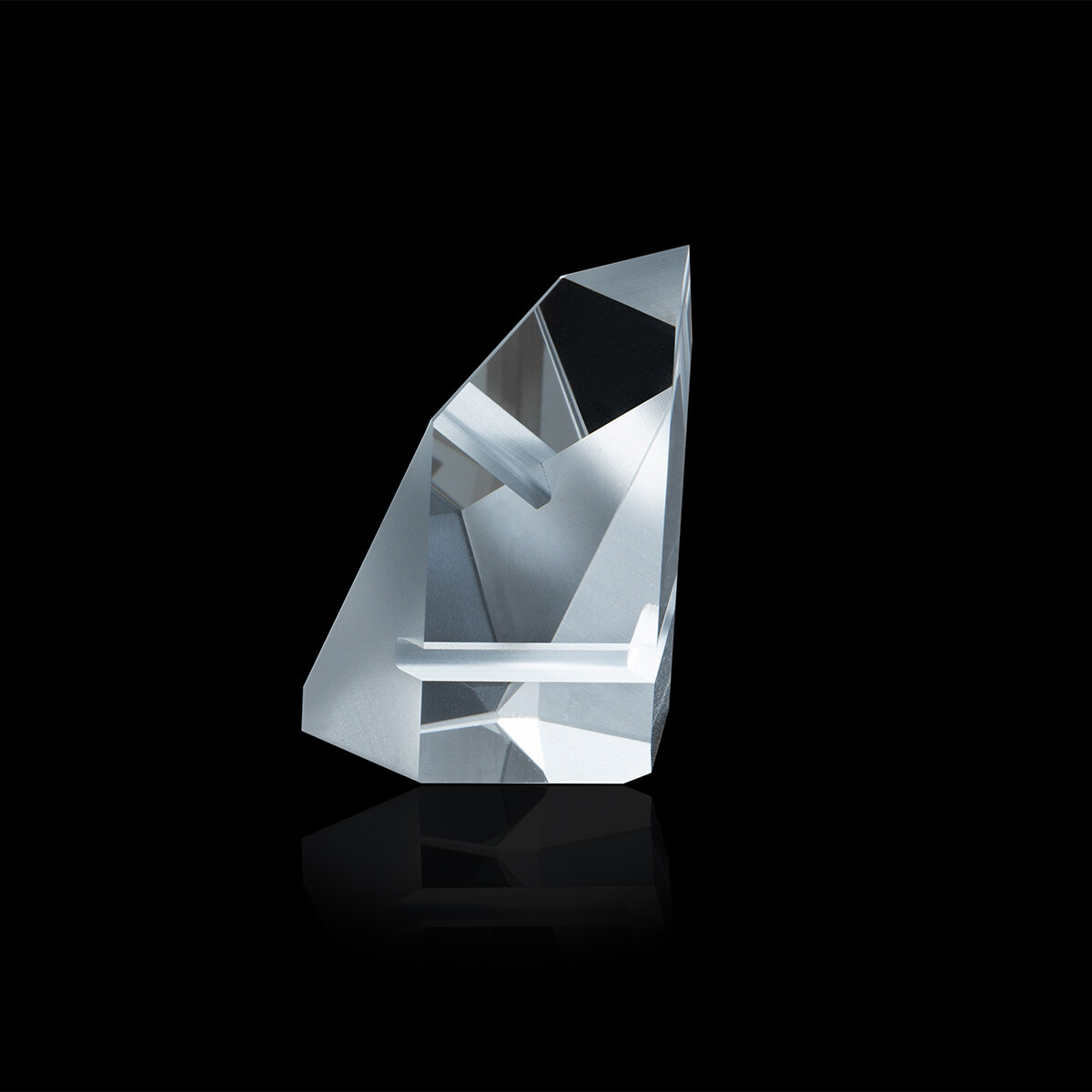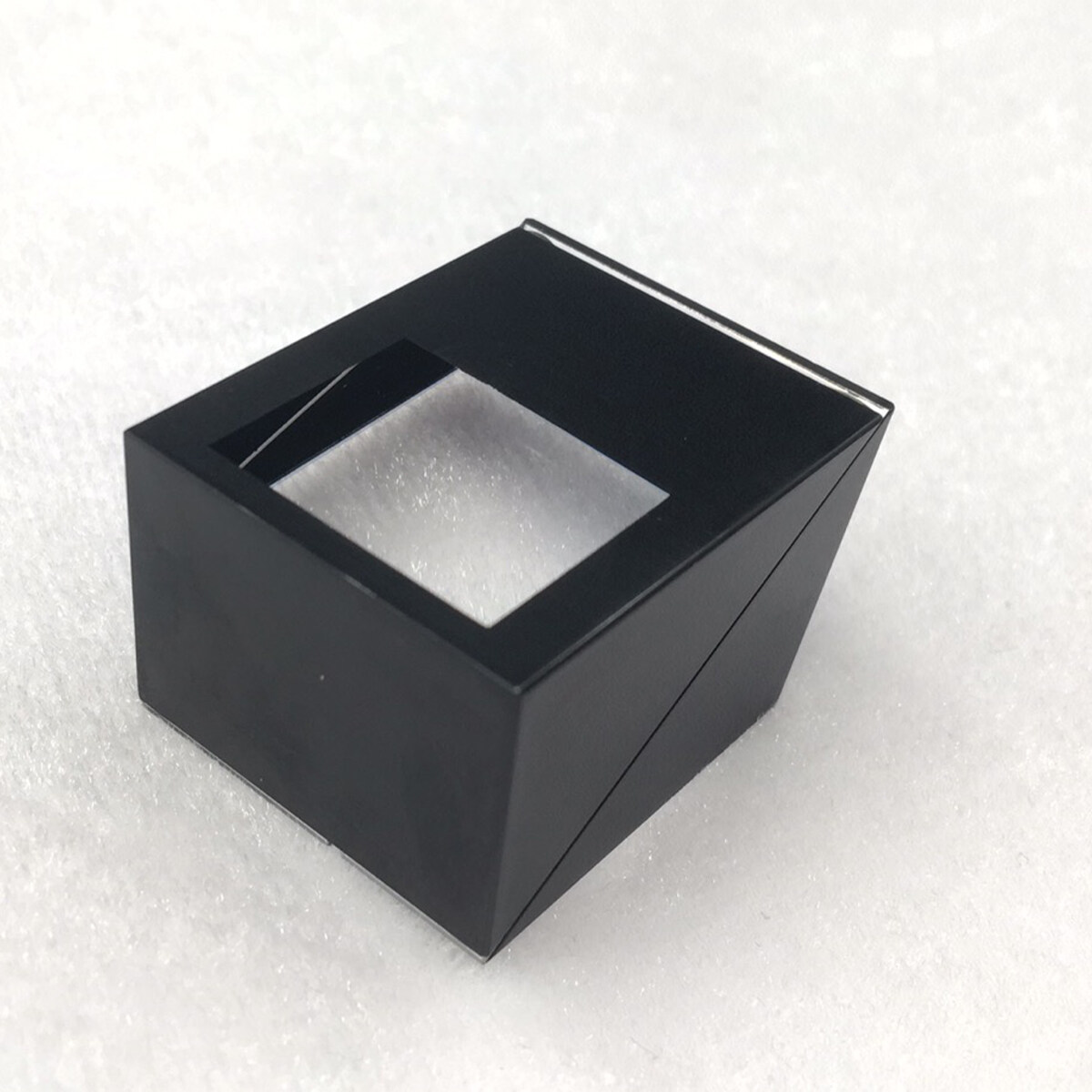Email format error
Email cannot be empty
Email already exists
6-20 characters(letters plus numbers only)
The password is inconsistent
Email format error
Email cannot be empty
Email does not exist
6-20 characters(letters plus numbers only)
The password is inconsistent

Spectroscopic Prism
Are you looking for a prism supplier? We have a high-quality optical dispersing prism for sale. Welcome to contact us.
Discovery of Prisms
Newton discovered the dispersion of light in 1666, and the Chinese were ahead of the foreigners in this aspect. In the 10th century AD, the Chinese called the natural transparent crystals exposed to sunlight "five light stones" or "beaming stones", realizing that "when the sun shines, it will turn into five colors like rainbows". This is the world's earliest understanding of the dispersion of light. It shows that people have been liberated from the mystery of the dispersion phenomenon of light and know that it is a natural phenomenon, which is a great advance in the understanding of light. Seven hundred years earlier than Newton's realization that he divided sunlight into seven colors through a prism and explained that white light is composed of these seven colors of light.
Prisms are polyhedrons made of transparent materials and are important optical components. The plane on which the light enters and exits is called the side surface, and the plane perpendicular to the side surface is called the main section. According to the shape of the main section, it can be divided into triangular prisms, right-angle prisms, pentagonal prisms, etc. The main section of a triangular prism is a triangle with two refracting surfaces.
According to the law of refraction, the light passing through the prism will be deflected twice to the bottom surface, and the angle q between the outgoing light and the incoming light is called the deflection angle. Its size is determined by the refractive index n of the prism medium and the incident angle i. When it is fixed, light with different wavelengths has different deflection angles. Among visible light, the deflection angle is the largest for violet light, and the smallest is for red light.
The role of the prism
1. Commonly used digital equipment: cameras, closed-circuit televisions, projectors, digital cameras, digital camcorders, CCD lenses and various optical equipment.
2. Science and technology: telescopes, microscopes, levels, fingerprints, gun sights, solar energy converters and various measuring instruments.
3. Medical equipment: cystoscope, gastroscope and various laser treatment equipment.
Clinical application of prisms
With the development of optometry, prisms are becoming more and more common in optometry and clinical applications. It is mainly used to diagnose and treat some ophthalmic disorders, especially extraocular muscle disorders.
Prisms can be used in binocular vision function tests to check for recessive strabismus and strabismus, to check the vertical and horizontal vergence of both eyes, to train extraocular muscles, and to directly use prism prescriptions with refractive correction according to the principles, which can also improve binocular vision. , reduce visual fatigue and improve stereoscopic accuracy. Prism in the prevention of myopia, whether accommodative myopia or true myopia, is formed by the near reflex in the triple movement of the internal and external muscles caused by the human eye working in the near environment for a long time.
Therefore, the fundamental way to prevent myopia should be to do the opposite and try to create conditions for far reflex. The prismatic combined lens can effectively relax the ciliary muscle and the internal and external rectus muscles when reading and writing, eliminate the tension of adjustment and collection, and change the convergence state of the eyes during near-sighted work to a telescopic parallel state. Distant exercise eliminates the hidden environmental factors that cause myopia, improves distance vision, integrates and optimizes the refractive system of the eye to prevent and safely treat myopia.








